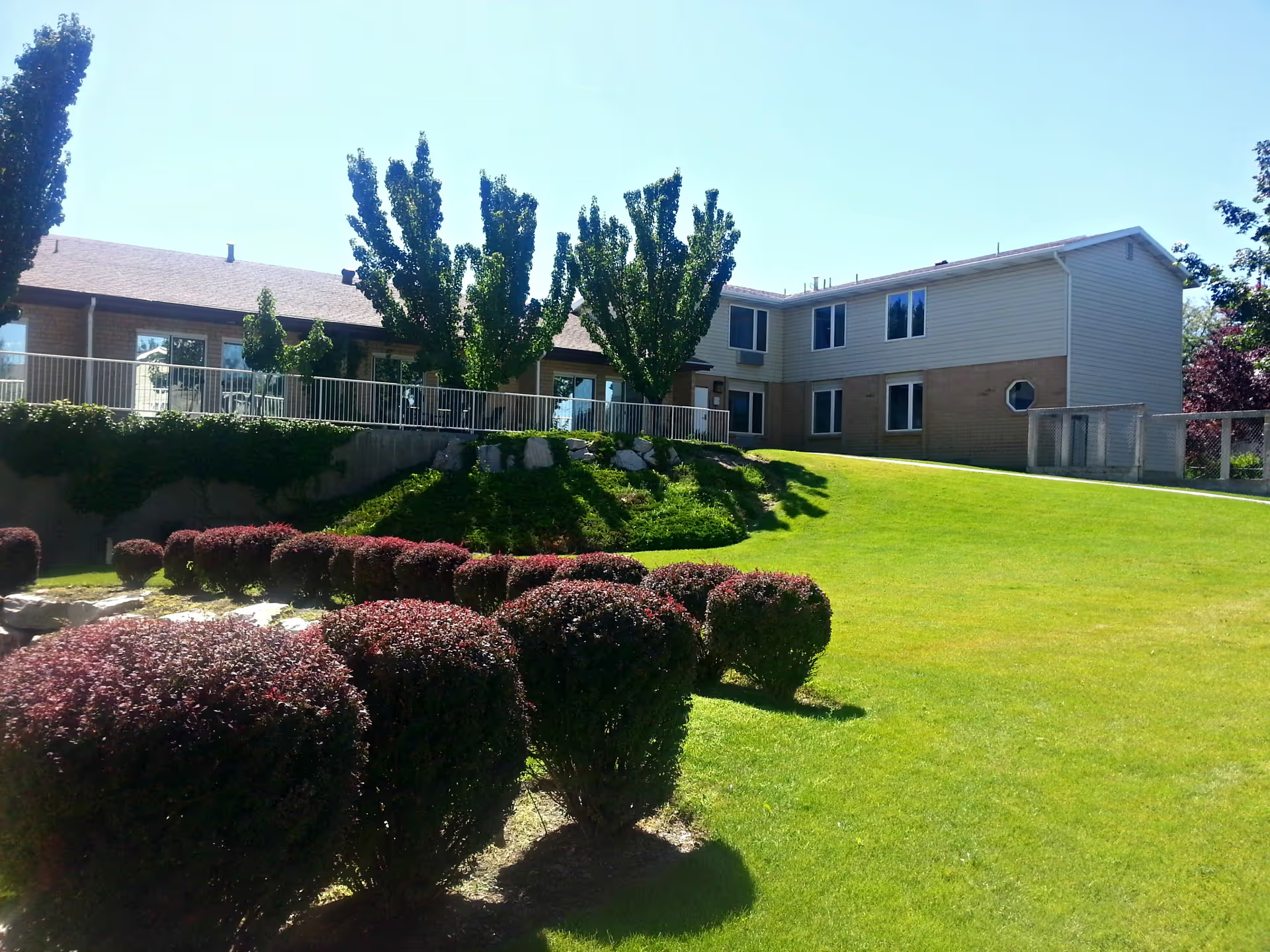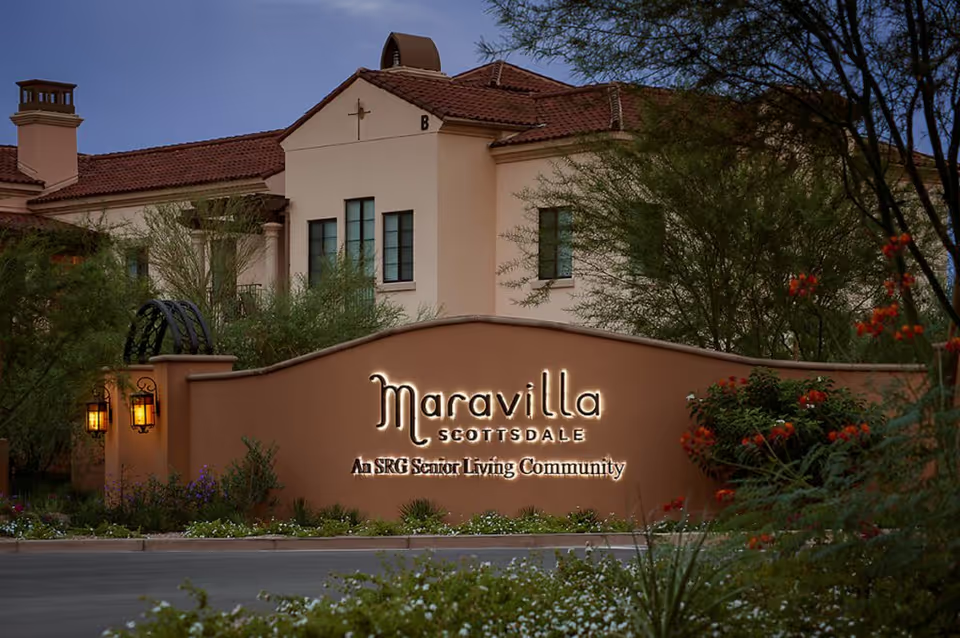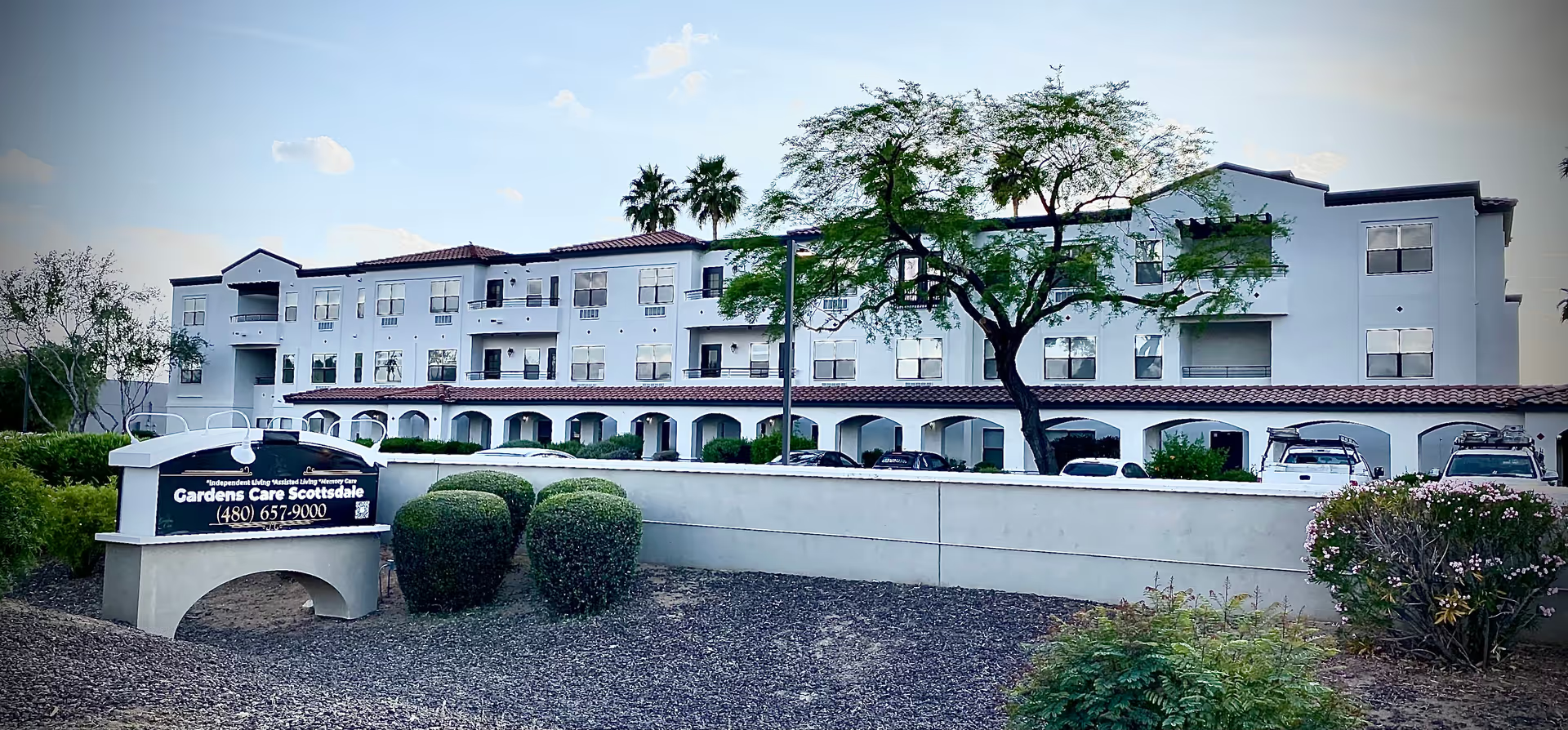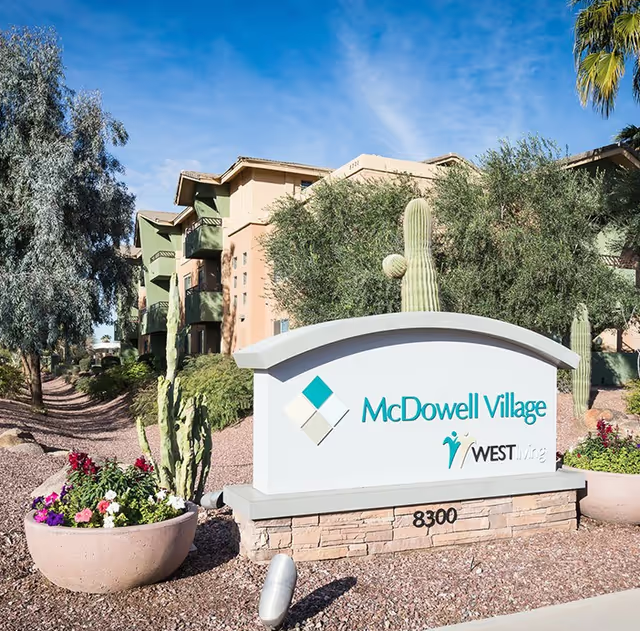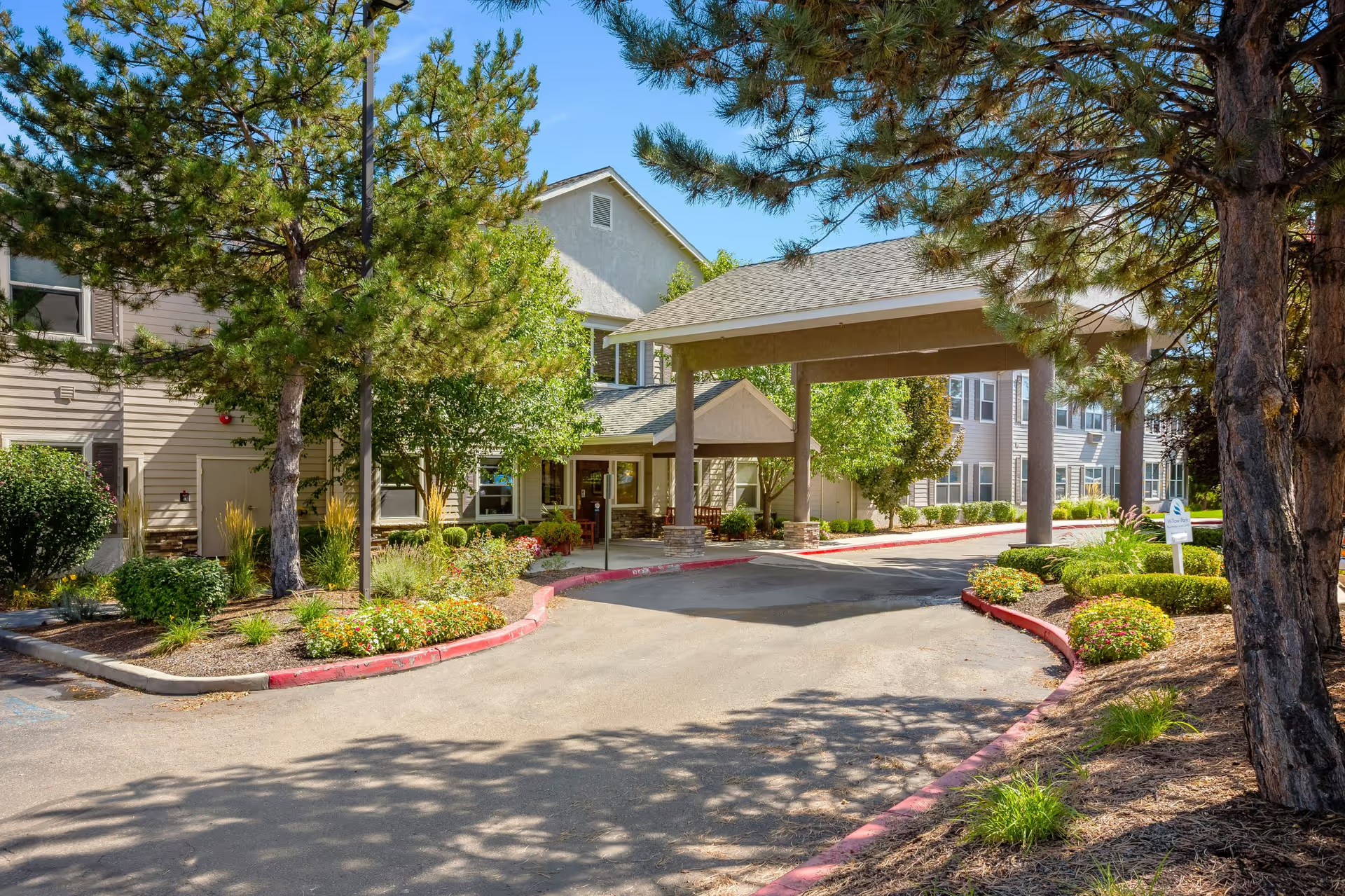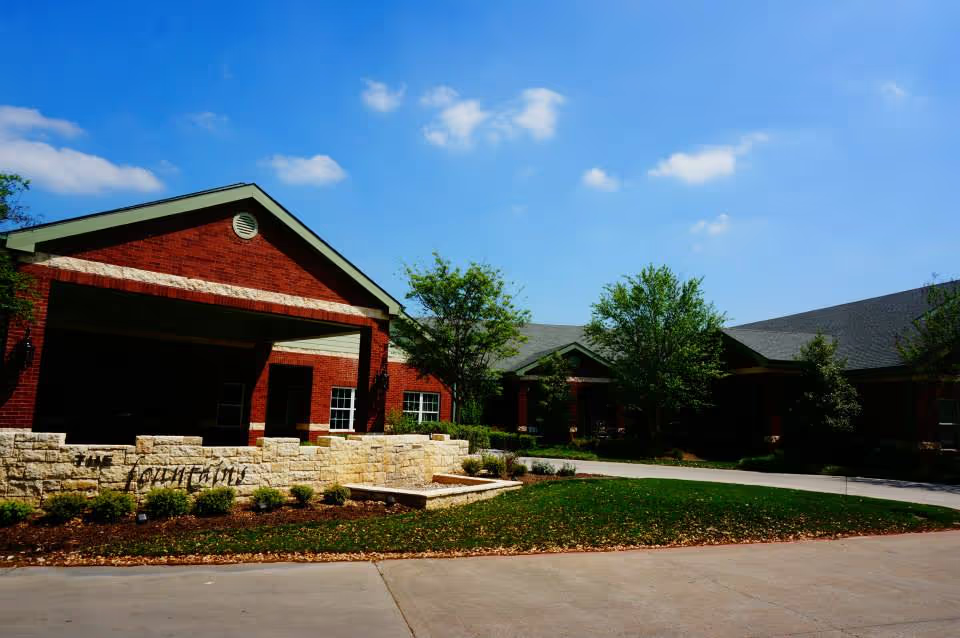Overall sentiment in the reviews is highly mixed, with strong and repeated praise for frontline staff and therapy services balanced against serious and recurring concerns about safety, clinical management, and the physical plant. The dominant positive theme is the quality of caregivers: many reviewers describe compassionate, attentive nurses, CNAs, and therapists who provide individualized attention, dignity-preserving care, and effective rehabilitation. Multiple reviews name and commend specific staff (for example, Life Engagement Coordinator Crystal Caprio, nurse Samantha, and nurse Louis) and describe coordinated multidisciplinary teams that include dietitians, speech therapists, and a proactive activities department. For many families the combination of one-on-one attention, robust activities programming, and skilled therapy translated into successful home discharges, restored mobility, improved continence, and emotional well-being for residents.
Activities and social engagement are consistently highlighted as a real strength. Reviewers describe a varied calendar — group therapy, games, live music and piano, holiday celebrations, craft activities, dolls and movies for memory care, worship services, and frequent opportunities for resident expression and participation. The Life Engagement role is repeatedly singled out for bringing emotional support and meaningful programming, and families often cite peace of mind from seeing their loved ones involved and enjoying events. Dining is generally described positively by many reviewers: meals are tasty, modifiable to dietary needs, and supported by an attentive food service and dietician. On-site amenities such as the salon and a helpful admissions/front-desk experience also contribute to positive impressions for a substantial number of families.
Counterbalancing these strengths are numerous and substantive concerns about clinical safety, medication management, staffing consistency, and the facility environment. Several reviews report medication errors or mismanagement: delayed or missing pain medication, incorrect doses, and at least one report of strong pain medication (OxyContin) being administered without family notification. There are multiple reports of falls, including failure to notify family after a fall and inadequate fall-prevention measures; physical aspects of the building were described as unsafe for some residents (a 4-inch bathroom incline, long walks to the bathroom, and other trip hazards cited). Some reviewers describe serious lapses in medical care: failure to diagnose or treat swelling, not giving diuretics, lack of available physician oversight, repeated 911 calls, and subsequent hospitalizations. These are not isolated mentions and constitute a pattern that families should carefully evaluate when considering placement.
Facility and infrastructure issues form another recurring theme. The building’s age (1950s) and a perception of being “run-down” come up repeatedly. Specific complaints include lack of central air conditioning in rooms, use of swamp coolers with no thermostat control, radiator malfunctions and unpleasant burning smells, persistent beeping noises, plumbing/dripping issues, broken light switches, and odors such as cigarette smoke and urine in some areas. Renovations are underway and several reviews mention visual improvements and cleaner rooms after changes in ownership or a renovation push; however, during renovation some families experienced disruption and an impression that management was focused on remodeling rather than care. These environmental problems are often linked by reviewers to comfort and safety issues, especially in hot weather or for residents who rely on mobility aids.
A prominent and troubling pattern is the variability of care and management. Many reviewers report excellent communication, regular updates, and responsive staff who adapt to individual needs; others report poor communication, staff being hard to reach, refusal to sign transfer paperwork, or even threatening behavior toward families. Accounts range from “5-star” glowing recommendations to warnings of “worst place ever,” with specific accusations of short-staffing (including staff sleeping through shift change), theft of personal items, abusive caregiver behavior, and neglect. Therapy experiences also vary: while many praise intensive, individualized therapy that led to good outcomes, others report therapy sessions that were too short (for example, 22 minutes) or evaluations they considered inadequate. This polarization suggests that individual experiences at the facility can differ widely depending on unit, shift, or the specific team assigned.
For families considering Boulder Canyon Health and Rehabilitation, the reviews suggest both clear strengths and serious risks. Strengths to seek out include the therapy team, life engagement/activities programming (and connecting with the coordinator), compassionate CNAs and nurses with ward-level consistency, and positive accounts of successful rehabilitation and discharge planning. Risks to investigate include medication administration protocols, fall-prevention practices, staffing levels on nights/weekends, physician availability, handling of clinical deterioration, and specific environmental issues like air conditioning and bathroom safety. Prospective families should ask for current documentation of staffing ratios, recent incident reports or trends for falls/medication errors, a tour of the specific wing/room under consideration (including checking for AC, bathroom configuration, and noise sources), and speak directly with therapy staff and the Life Engagement coordinator about individualized plans. It is also advisable to verify recent changes tied to renovations or new ownership, since several reviewers indicate improvements but others describe ongoing problems.
In summary, Boulder Canyon Health and Rehabilitation appears to offer excellent person-centered caregiving, strong therapy and activities, and a team of compassionate staff who can produce very positive outcomes for many residents. At the same time, there are repeated, serious complaints around medication safety, falls, inconsistent medical oversight, environmental and infrastructure deficits, and variable management responsiveness. The overall picture is mixed and polarized; the facility may be a very good fit for some residents — particularly those who can benefit from engaged therapy and activity programming and who are placed in well-staffed units — but families should perform careful, up-to-date due diligence on safety, staffing, and physical conditions before committing to placement.
